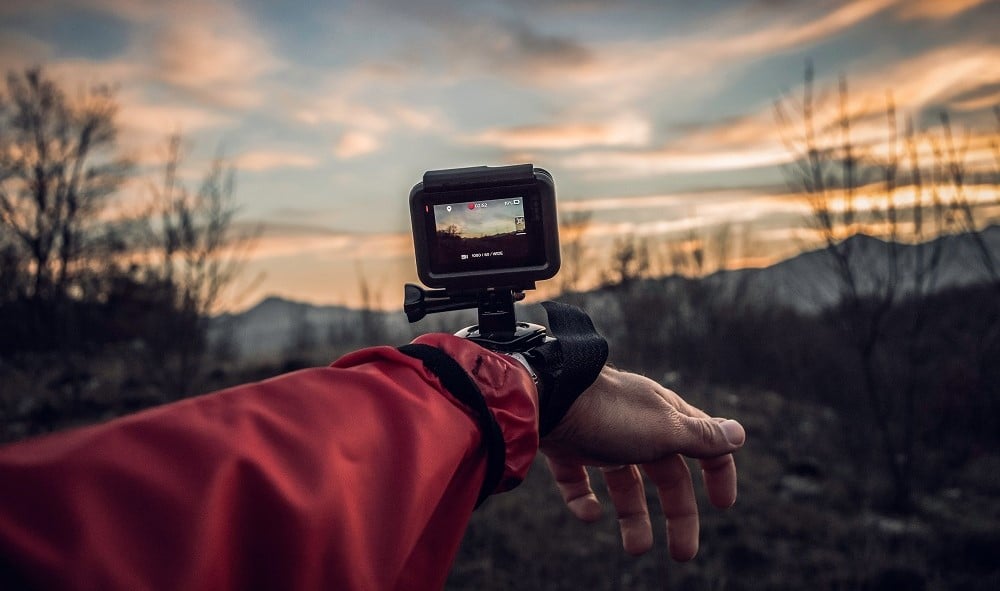Creating a digital marketing campaign can often feel like more art than science. With such a significant investment of time and money riding on the outcome, you want your campaign to produce results. A smart place to start is by studying some successful examples from past years and paying attention to what made them resonate with consumers.
In this article, we’ll have a look at some of the most successful digital marketing campaigns. We’ll also discuss what made them so impactful and how you can apply those lessons to your own brand. Let’s dive in!
What ‘Home Run’ Digital Marketing Campaigns Can Do for You
You probably know the basics of how to create a digital marketing strategy and deploy it. However, if that process isn’t leading to successful campaigns that knock it out of the park, you could be missing out.
A home run digital marketing campaign can:
- Create a robust and active community around your product or service
- Drastically increase brand loyalty among existing customers
- Generate buzz around your business that will bring in new customers
Now that we’ve briefly discussed the impact home run digital marketing campaigns can have on your brand, it’s time to dig into our four examples and find out what made them so successful. You can then incorporate these techniques into your own strategy.
1. TOMS’ One Day Without Shoes
While most people probably know TOMS for its shoes, in the marketing world it’s best known for pioneering the One for One business model. For every pair of shoes sold, TOMS would donate a pair to someone in need.
In 2015, TOMS added a new facet to its annual One Day Without Shoes campaign. In addition to bringing attention to children’s health, the campaign enabled anyone to give a pair of shoes by merely posting a barefoot photo using the hashtag #OneDayWithoutShoes.
The hashtag is still in use today, with people around the world continuing to observe One Day Without Shoes, despite the fact that TOMS has moved on to other efforts. While TOMS has shifted away from the One for One model, it continues the tradition of giving back by investing one-third of its profits into partner organizations.
As consumers become more socially conscious, it’s critical that companies find ways to give back to their communities. Most Americans prefer shopping with brands that they perceive to be socially responsible.
When you’re brainstorming possible ways for your organization to give back, you’ll want to use your company mission statement and values as a guide. This will ensure your efforts appear genuine.
2. Patagonia’s Worn Wear
Patagonia’s Worn Wear campaign started with a short documentary called The Stories We Wear. The film highlighted the long life of Patagonia gear, with customers sharing stories about their favorite pieces. The brand’s blog hosted the video, and readers were encouraged to share their own experiences.
Today, the Worn Wear website is a perfect example of sustainability. Not only can customers send in clothes for recycling, but they can also purchase new gear made from those recycled garments. The Worn Wear site also provides instructions on how to repair clothes that need some TLC, but aren’t ready for recycling just yet.
Sustainability has always been a part of Patagonia’s corporate mission, but publicizing that fact enables it to tap into a customer base with similar values. This solidarity with the consumer is crucial for reaching Gen-Z shoppers, who tend to align their purchases with their values.
Additionally, the storytelling aspect of the campaign helped create a community around Patagonia’s products. This is a tried-and-true strategy for solidifying customer loyalty.
3. GoPro’s User Generated Content (UGC)
When you think of GoPro, you might imagine activities such as hang gliding, base jumping, and mountain biking. The durability and design of these cameras makes them ideal for capturing footage of extreme situations. They also play a significant role in their own marketing.
GoPro’s product and audience are a match made in marketing heaven when it comes to UGC. Each camera sale places a video creation tool into the hands of an enthusiastic adventurer who might produce free promotional content for the brand.
The campaign started with branded hashtags for curating and sharing GoPro videos. However, the company eventually went a step further by providing a dedicated place to publish content and incentivizing users to do so.
Making it easy for fans to share their content created an army of advocates for the GoPro brand. As a result, the company doubled its income without spending much on marketing.
GoPro understands that its customers are people who engage in extreme sports and want to record and share those experiences. UGC success of this caliber requires an excellent grasp of who your audience is. That knowledge can also contribute to the success of other marketing strategies.
4. Pizza Hut’s iPhone App
In 2009, Pizza Hut’s marketing team knew it was likely that many of the chain’s existing customers owned iPhones. When it launched its ordering app on iPhone’s App Store, its customers were ready and willing to download it.
The app was highly interactive and took advantage of the iPhone’s touchscreen and motion-sensing technology. People eagerly used it to order pizza as well as for the novelty of the experience. It was fun and an easy way to show off an impressive new gadget.
Since Pizza Hut was the first pizza chain to enable ordering through an app, it gained new customers and about $1 million in sales from people curious to try it out. If you can be first to a new platform or technology, you have a chance to convert new customers before the competition even shows up.
That’s just one reason why now is the perfect time to look at TikTok for business. Not only is this platform resonating strongly with younger audiences, but it’s also not as saturated as channels such as Facebook and Twitter.
Conclusion
Dissecting a digital marketing strategy can be time-consuming, but the rewards are well worth it. Once you’ve drilled down, you’ll often find that successful digital marketing campaigns hinge upon a single concept that helped make them so impactful. You can use that as the foundation for your own home run campaign.
What digital marketing campaign do you think is a home run? Let us know in the comments section below!





Innovative Ads on
Great work on blog, with very good information.
Yes, obviously most of the things have been changing in 2020, its been a decade of digital transformation.
Everyone now a days is using chatboats and other automated tools.
I feel SEO is going to take more change in the coming future.
Everyone is also creating the very unique innovative ads for their business.